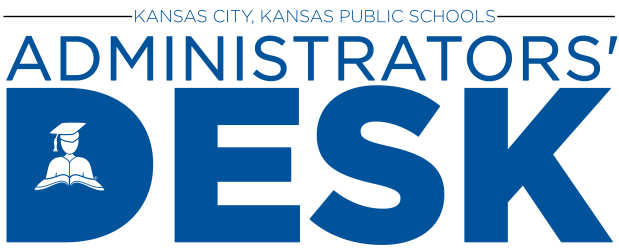Contents
New Items
Previous Items
Co-Teaching Training – for Principals
The Standard Response Protocol K-12 Extended
New Items
Previous Items
Co-Teaching Training
from Kelsey Kohn
The Initial Co-teaching Training is the first part of a professional learning and coaching system. This event is intended for teachers, administrators, and instructional support personnel. In this training event, participants will: * Define what co-teaching is and what co-teaching is not; * Consider benefits as well as legal and research-based rationales for co-teaching; * Identify similarities, unique features, advantages and disadvantages across co-teaching approaches; and * Explore tools for collaboration and communication. Materials and a working lunch are provided.
The Standard Response Protocol K-12 Extended
from Henry Horn
School Safety
A critical ingredient in the safe school recipe is the uniform classroom response to any incident. Weather events, fires, accidents, intruders and other threats to student safety are scenarios that are planned and trained for by school and district administration and staff.
SRP Is Action Based
The Standard Response Protocol (SRP) is based not on individual scenarios but on the response to any given situation. Like the Incident Command System (ICS), SRP demands a specific vocabulary but also allows for great flexibility.
Benefits
The benefits of SRP become quickly apparent. By standardizing the vocabulary, all stakeholders can understand the response and status of the event. For students, this provides continuity of expectations and actions throughout their educational career. For teachers, this becomes a simpler process to train and drill. For first responders, the common vocabulary and protocols establish a greater predictability that persists through the duration of an incident. Parents can easily understand the practices and can reinforce the protocol. Additionally, this protocol enables rapid response determination when an unforeseen event occurs.
Lockout Vs. Lockdown
The differentiation between Lockout and Lockdown is a critical element in SRP. A Lockout recovers all students from outside the building, secures the building perimeter and locks all outside doors. This would be implemented when there is a threat or hazard outside of the building. Criminal activity, dangerous events in the community, or even a vicious dog on the playground would be examples of a Lockout response. While the Lockout response encourages greater staff situational awareness, it allows for educational practices to continue with little classroom interruption or distraction.
Lockdown is a classroom-based protocol that requires locking the classroom door, turning off the lights and placing students out of sight of any corridor windows. Student action during Lockdown is to remain quiet. It does not mandate locking outside doors. There are several reasons for not locking perimeter doors during a Lockdown. Risk is increased to students or staff in exposed areas attempting to lock outside doors. Locking outside doors inhibits entry of first responders and increases risk as responders attempt to breach doors.
There may be situations where both Lockdown and Lockout need to be performed, but in this case they are identified individually. “Lockout! Secure the Perimeter. Lockdown! Locks, Lights, out of Sight.” would be announced on public address. We are in “Lockdown and Lockout” would be conveyed to emergency services or 911.
Administrators and Principals – All Training Materials Are Available At The This Link For You and Your Staff.
